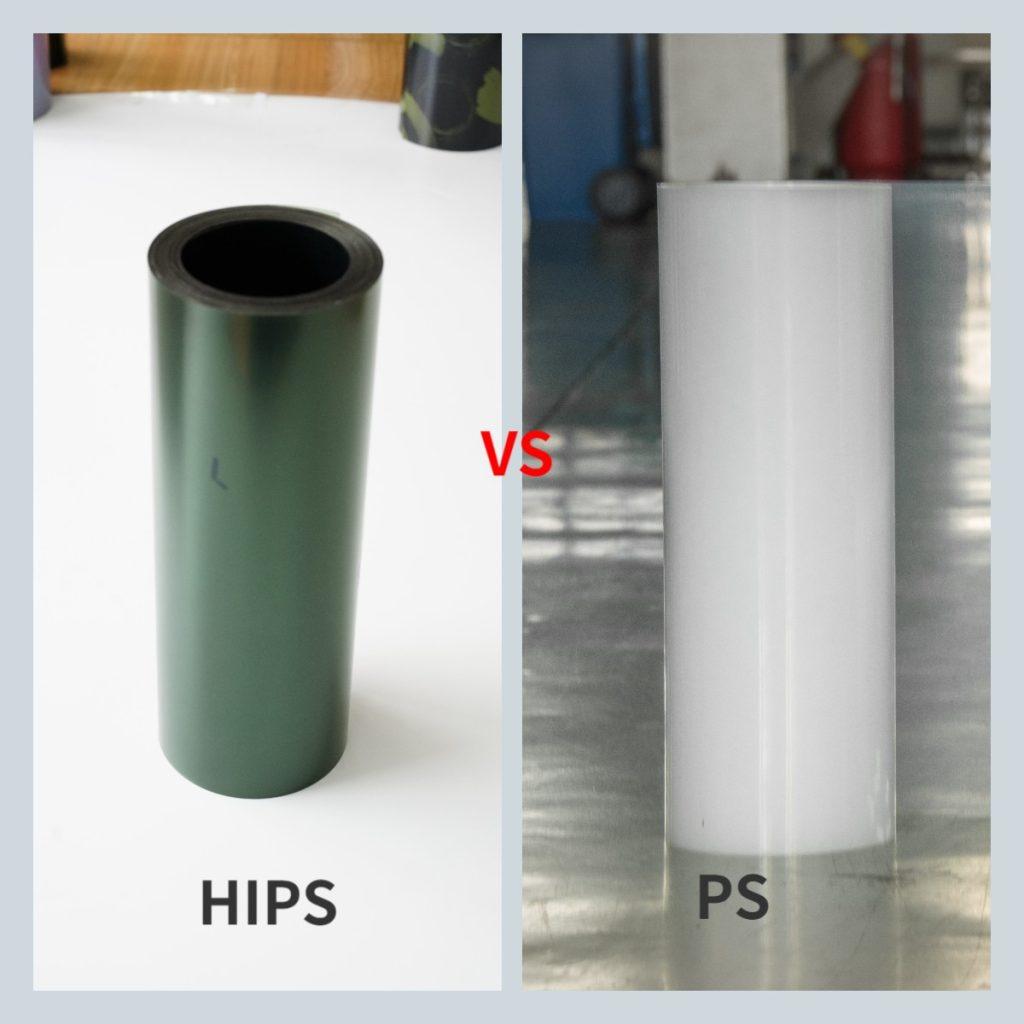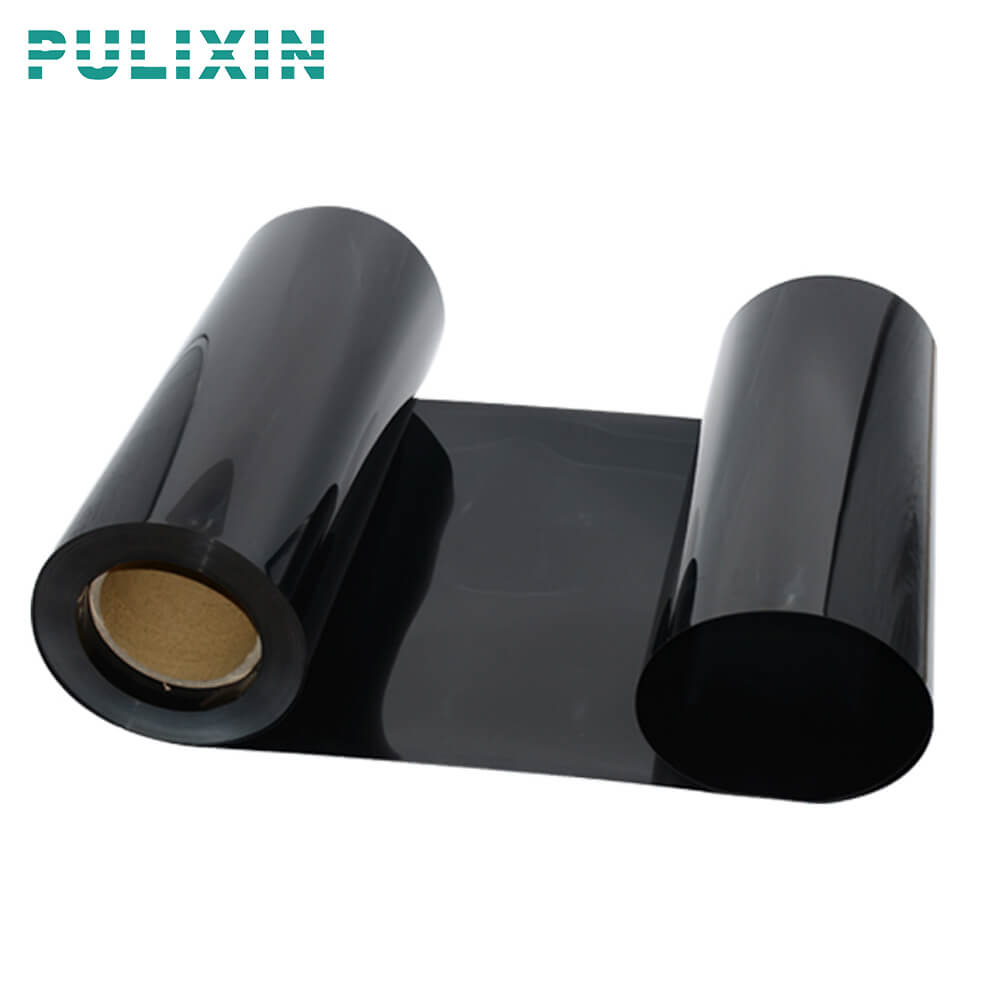Both PS (Polystyrene) and HIPS (High Impact Polystyrene) are types of thermoplastic materials, and they are derived from the same base polymer, which is polystyrene. The main difference lies in the additional modifiers that are incorporated into HIPS to enhance its impact resistance compared to standard PS. The modification process involves adding rubber or elastomeric materials to the polystyrene polymer matrix, making HIPS more suitable for applications where higher toughness and impact resistance are required.

Impact Resistance:
PS (Polystyrene): PS is a rigid and brittle material with low impact resistance. It can break or shatter upon impact.
HIPS (High Impact Polystyrene): As the name suggests, HIPS is designed to have higher impact resistance than standard PS. This is achieved by adding rubber or elastomeric modifiers to the polymer matrix, making it tougher and less brittle.
Applications:
PS (Polystyrene): PS is commonly used for applications where rigidity and clarity are important. It is often used in products like disposable cutlery, CD jewel cases, and food packaging.
HIPS (High Impact Polystyrene): HIPS, with its improved impact resistance, is suitable for applications that require more durability. It is often used in products like refrigerator liners, automotive interiors, toys, and packaging materials.
Processing:
Both PS and HIPS are thermoplastics, meaning they can be melted and molded. They are commonly processed using techniques like extrusion, injection molding, and thermoforming.
Cost:
HIPS may be slightly more expensive than standard PS due to the added impact modifiers. The cost difference, however, is generally justified by the improved toughness of HIPS.
Appearance:
In terms of appearance, both PS and HIPS can be produced in a variety of colors and can have a smooth surface finish.
PS plastic sheet rolls refers to polystyrene plastic. This is a common type of plastic that has a clear or translucent appearance. PS plastic is commonly used to make a variety of products, including food containers, tableware, packaging materials, toys, and more.
“Sheet rolls” means that this is a continuous sheet or sheet of plastic that is usually supplied in rolls. Such roll materials can be used in various applications such as packaging, covering, manufacturing articles, etc.
Therefore, PS plastic sheet rolls may refer to plastic rolls made of polystyrene that can be cut, shaped and used in various fields as needed.
The HIPS in “HIPS plastic sheet rolls” refers to High Impact Polystyrene. This is a modified polystyrene plastic that has better impact strength and toughness by adding some modifiers. HIPS plastic is often better than regular polystyrene for some applications that require higher impact resistance.
“Sheet rolls” indicates that this is a plastic sheet material that comes in rolls. This continuous roll of material can be used in many different applications such as packaging, advertising, model making, and more.
Generally speaking, HIPS plastic sheet rolls refer to plastic rolls made of high-impact polystyrene that can be easily cut and shaped during the manufacturing process and are suitable for a variety of fields.

When choosing between PS and HIPS, it’s important to consider the specific requirements of your application. If impact resistance is a critical factor, HIPS may be a more suitable choice. If rigidity and clarity are more important and impact resistance is less of a concern, standard PS may be sufficient.